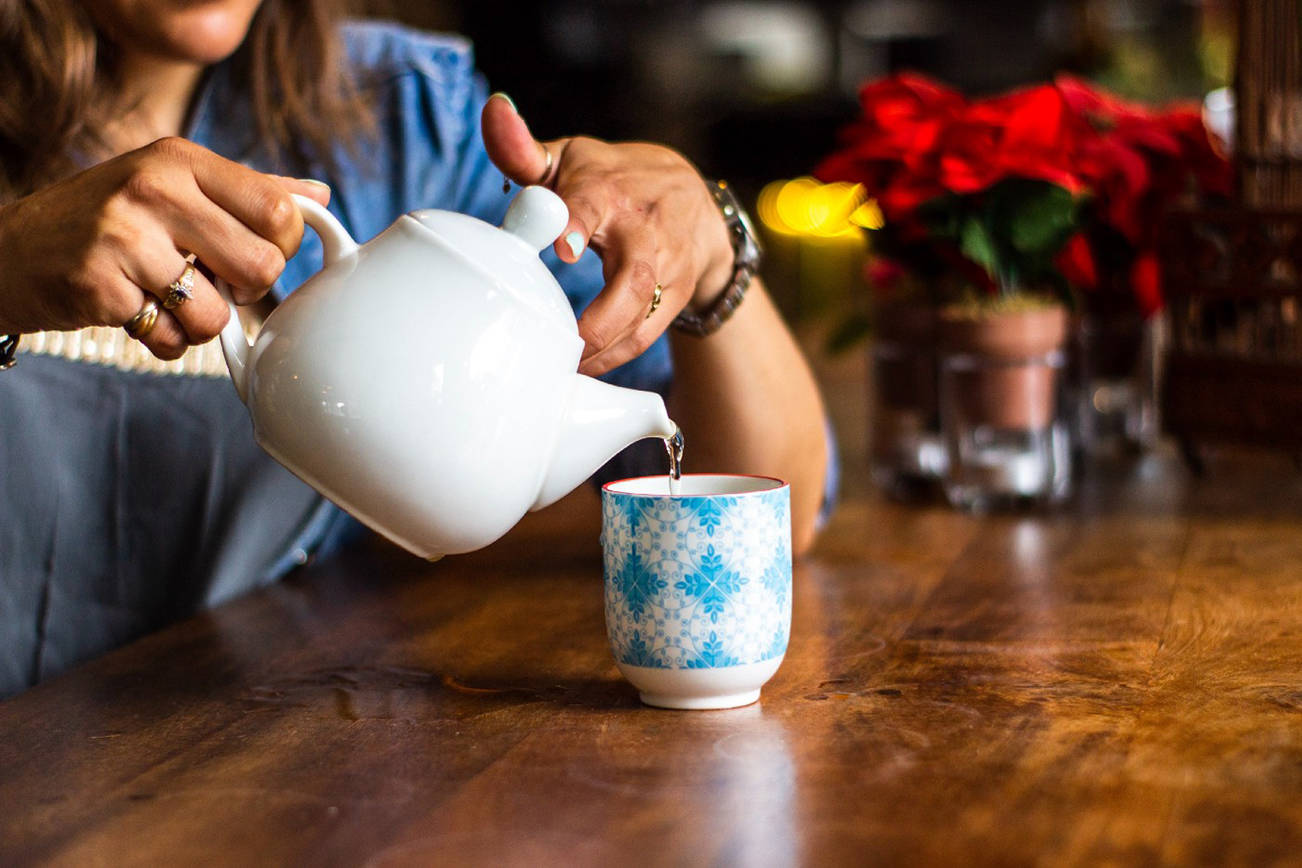Submitted by Washington State Department of Health
This is a long road. COVID-19 will be impacting our lives for months to come. The fight against structural racism is far from over. And even as we start to open up business, the challenges of the economic downturn will be with us for a long time.
This week, take a break. And let’s think about how to incorporate healthy breaks into our daily lives. This is a marathon — stay rested, hydrated, and strong.
When you need a bit of distraction, it can be tempting to pick up your phone and start scrolling through social media. And we like memes and funny videos too! But too much social media can become a stressor itself. Here are some ideas for healthy breaks to rejuvenate you without the risk of wandering into a stressful social media news or argument.
Got, like, no time?
• Stretch your body. If you’ve been hunched over a keyboard, stretch your wrists, stretch your back, stretch your neck. You can do this anytime, even during meetings. Don’t worry about looking too weird on your Zoom call. We’ve seen worse, and, besides, maybe you’ll start a group stretch break.
• Drink a glass of water. You might just find that your head feels better, and you’re not as hungry as you thought.
• Look out the window. It’s good for your eyes to gaze in the distance every now and then, especially if you’ve been focusing close upon written material or a screen. And it’s good for your mood to watch the birds and the flowers for a minute. That’s right, a minute. You can gift yourself that.
What about 5 minutes?
• Listen to one of your favorite songs. Sing along! Dance! Or, sit still with your eyes closed and just enjoy. Let the music boost your mood.
• Text a friend. A quick connection might be just the thing you need.
• Try a meditation app. If you are new to meditation, five minutes is long enough to meditate and then convince yourself that it’s been way more than five minutes and your app must be broken and the timer is never going to go off. That’s okay. Just check the app to reassure yourself that the timer will eventually go off, and then keep meditating. With practice, you’ll be able to make it the whole five minutes. And with more practice, you’ll find your mind is calmer and your resilience to stress is stronger.
• Make a cup of tea. Sometimes the ritual of making a cup of tea, or coffee, or whatever you prefer is just as comforting as the beverage.
Can you take half an hour?
• Take a brisk walk. Good for your body and your mind. If you can’t get away, you do this while on a conference call or phone meeting.
• Toss a ball around with your kids for a while. Basketball, soccer, football, catch, it doesn’t matter. This may help them get away from their electronics for a bit too and give you a fun way to connect.
• Read a book or a magazine. Try to give your eyes and neck a break by going for paper or an audiobook instead of reading on a screen.
• Draw something. Color. Get the kids to help make chalk art on the sidewalk, or doodle in your notebook. Let your creativity take you where it will. Try one of these free designs by local Seattle artists to get started.
Do chores count as breaks?
Well, maybe. If chores add to your sense of overwhelm, then, no, they don’t count as a break. But, doing less urgent or less important work is a well-known procrastination move, as anyone who has de-cluttered a closet instead of writing a paper for school will remember. Chores that have an endpoint (however brief) like an empty sink or hamper can provide a sense of closure and accomplishment that an overflowing inbox may never be able to. If doing a quick load of laundry gets you moving and thinking about something else, and feeling like your work/life balance is working for you, it might be just the break you need.
Practice compassion
Put a cloth face-covering in your pocket and take a break to walk around your neighborhood. Say hello to everyone you see from six feet away. Ask your neighbors if they have everything they need. Put your cloth face covering on if you stop for a longer, physically distanced, conversation. This keeps you and your neighbors safer and helps normalize wearing a mask, so those in your community will feel more comfortable wearing one next time they go out.
More information
Information changes rapidly. Check the state’s COVID-19 website for up-to-date and reliable info at coronavirus.wa.gov.
Answers to your questions or concerns about COVID-19 in Washington state may be found at www.doh.wa.gov/coronavirus. You can also contact the DOH call center, 6 a.m.-10 p.m., seven days a week at 1–800–525–0127.




